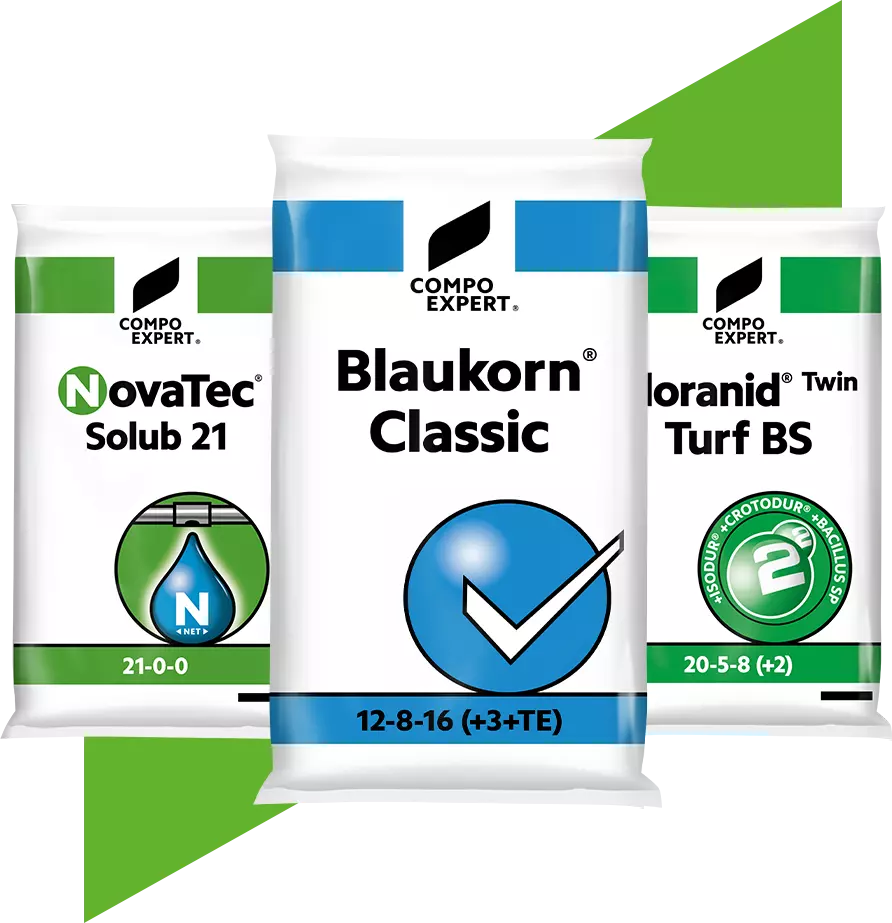Company
Nós somos um parceiro confiável para uma colheita segura
A COMPO EXPERT é o seu parceiro para um crescimento saudável - com 22 escritórios de vendas na Europa, América do Norte e do Sul, assim como na Ásia e África do Sul.

